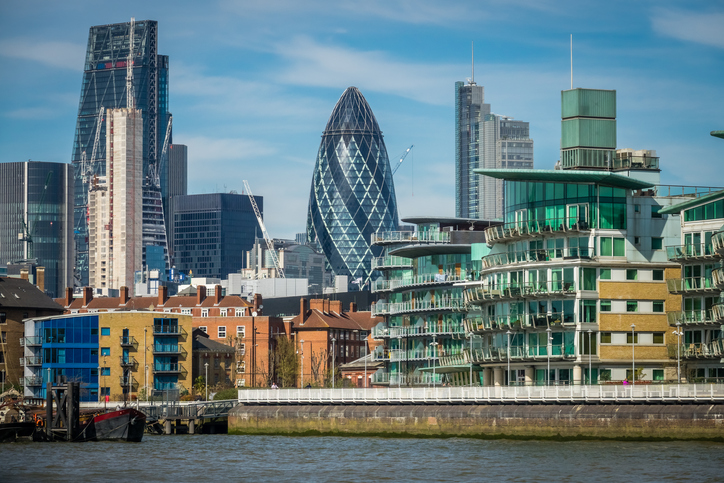
The year of the Brexit vote was marked by a confidence and financial shock
The Brexit shock has impacted the UK economy and the private sector at a different speed. The GBP took a hit in 2016 (-11% vs the USD, -12% vs the EUR) while business confidence lost almost 6 points and consumer confidence lost 11 points just two months after the vote.
The financial shock visibly spread to the private sector in 2017: households faced the double-whammy blow with high inflation (+3.0% at year-end) and sluggish wage growth. The level of consumer spending growth was almost two thirds lower compared to 2016. British households have tapped into their savings with the gross saving ratio falling to its lowest level in more than 50 years (around 5% of disposable income), but this has not been enough to compensate for the fall in real wages.
We expect consumer spending to slow further, albeit at a less rapid pace as inflation should stabilise (+2.6%) while wage growth is likely to accelerate (to close to 3%) as labour market shortages should intensify. Indeed, since the referendum took place the number of unfilled job vacancies increased by 65 000 to a total of 810 000. The unemployment rate is thus expected to fall to 4.2%, below its structural level.
The rise in import prices has hit companies’ margins
Companies’ margins fell to their lowest level since 2014 at mid-2017 and should have remained on the downside by year-end. Overall, non-financial corporations’ margins are estimated to have lost -0.5pp since the Brexit vote and we expect the fall to double by the end of 2019. In order to protect their margins UK companies will increasingly look for domestic suppliers, notably in those sectors where dependency on imports is high: automotive, chemicals, machinery and equipment, retail and agri-food.
Some local capacity will be freed-up by the fact that there is an increasing number of EU companies which start to switch from UK to EU suppliers as the Brexit related deadlines approach. But increased investments by UK companies are expected, which would allow higher domestic producing capacity.
However, the expansion in investment should rather be frontloaded in 2018 in anticipation of tighter financing conditions. Indeed, the Bank of England is likely to increase key interest rates twice in 2018 (+25bp in May and +25bp in November to 1%).
Finally, the labour market shortages would remain high and will be a drag on firms’ margins through higher labour costs.
After the Brexit shock, the medium term adjustment of the economy is expected to be visible
We expect the slow erosion of potential growth to continue into 2018 with GDP growth expected at +1.5% in 2018 and +1.2% in 2019, against close to 3% before the Brexit vote. We believe 2018 will be about the UK struggling to manage to remain attractive in a context of Brexit-related uncertainties and strong investment opportunities elsewhere.
Compared to the pre-referendum period, inward foreign direct investment (FDI) slowed down significantly. There were close to GBP90bn less inward FDIs in the UK between Q1-Q3 2017 compared to the same period of 2016, down to a cumulative GBP32bn. We estimate that around GBP100bn of potential inward foreign investments in the UK would be redirected elsewhere in the world by the end of 2019.
2019: first foot out of the EU door
A two-year transition period - from 31 March 2019 to 31 December 2020 - has been agreed with the EU. Still, this needs to be ratified by member states’ National Parliaments in the coming months. At the same time, there is limited scope for delaying the process as the ratification process needs to be finalised by March 2019. This interim deal is in line with our expectations and should alleviate the economic shock going forward.
However, GDP growth is likely to reach a mere +1.2% in 2019, the lowest rate in a decade. Long-term growth will also feel the pinch of the exit from the Single Market.
We continue to expect a limited Free Trade Agreement on goods and services to be effective in 2021. This FTA will mean selected sectors will be duty-free. Others should be subject to non-prohibitive tariffs. Average tariffs are set to reach 2% to 3% on goods (up from zero, currently). British services will no longer move freely within the EU, which would represent an additional cost of 10% on average.